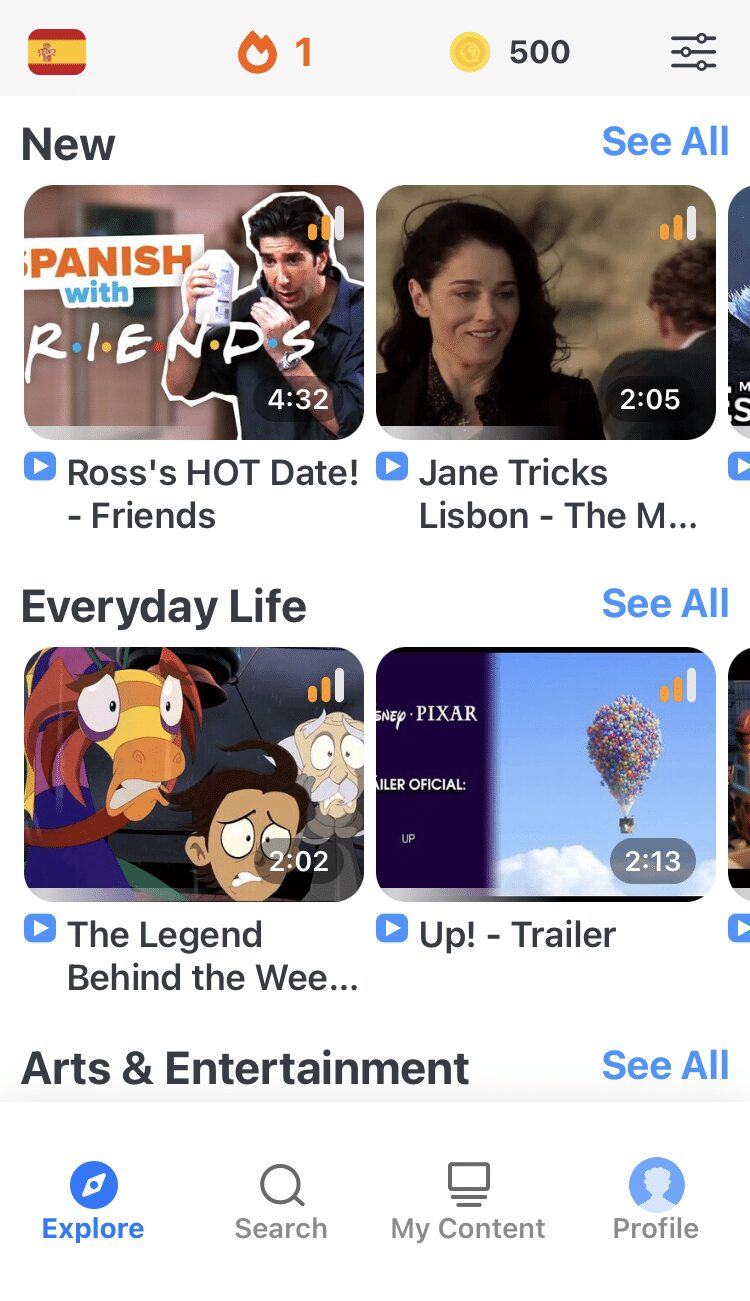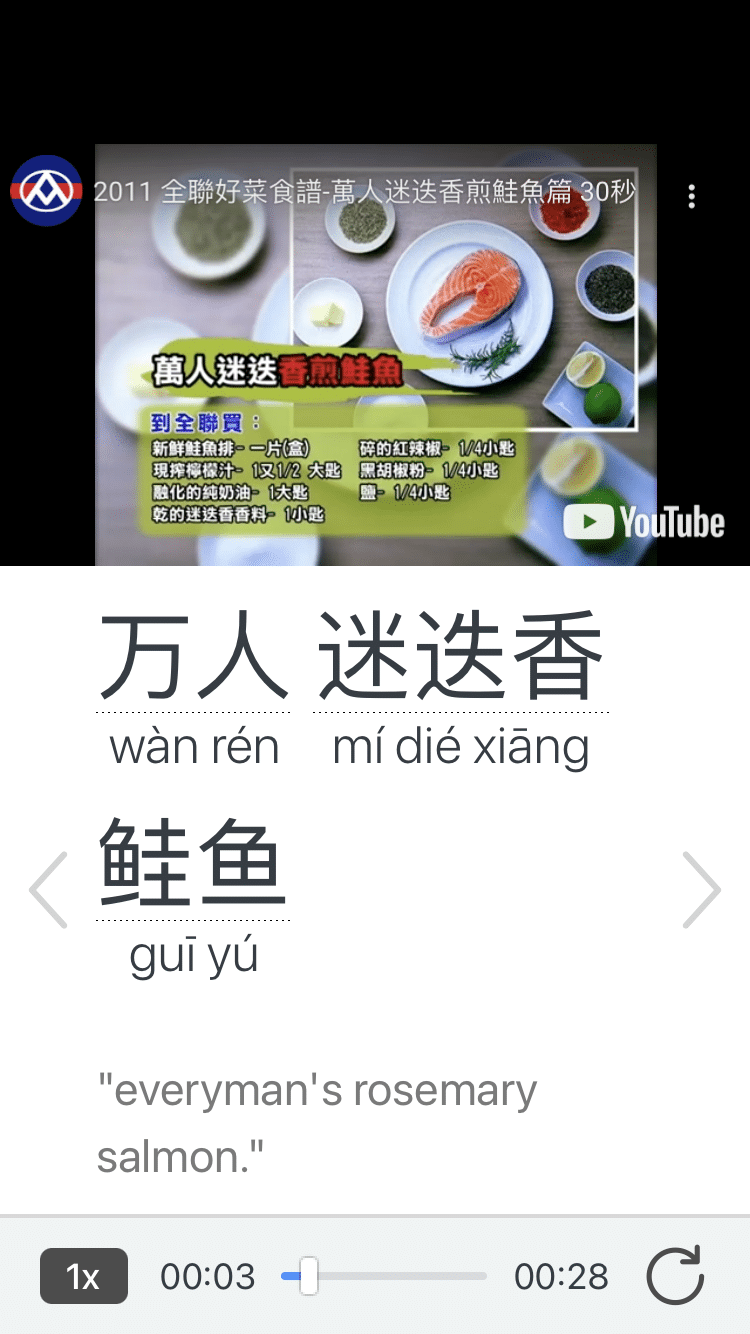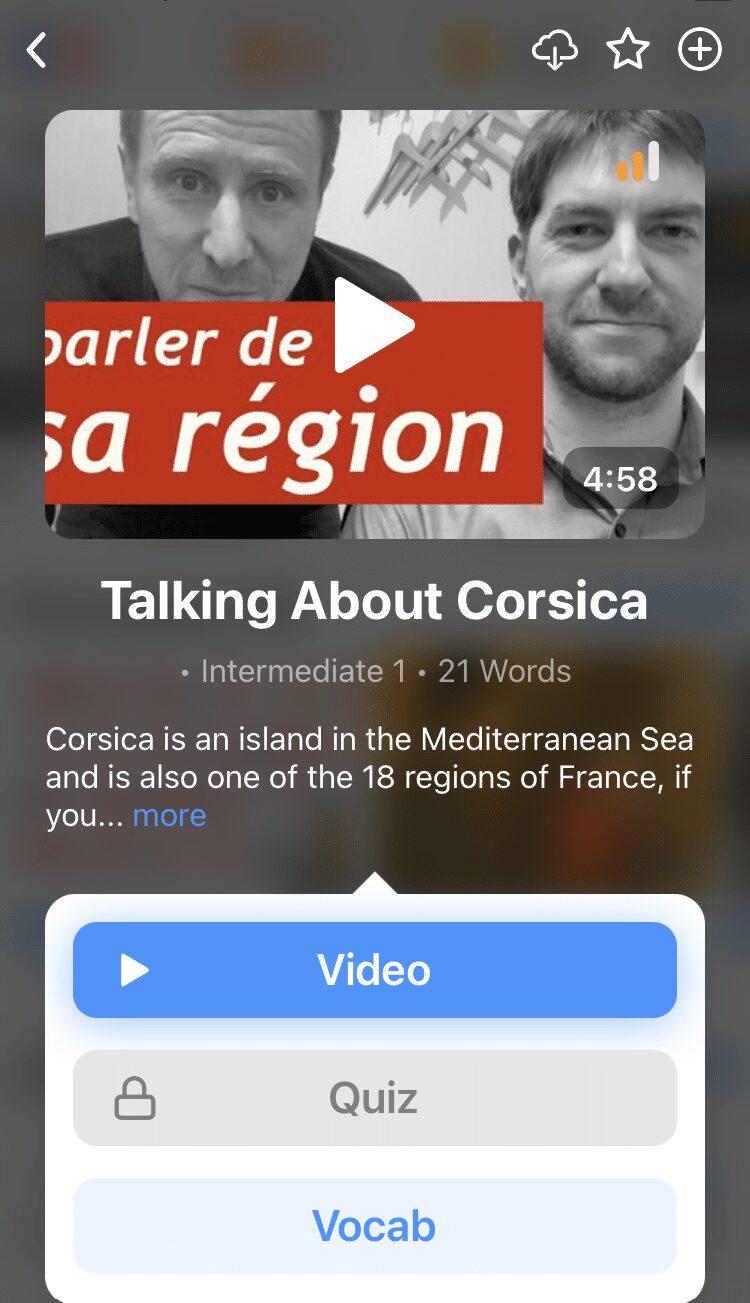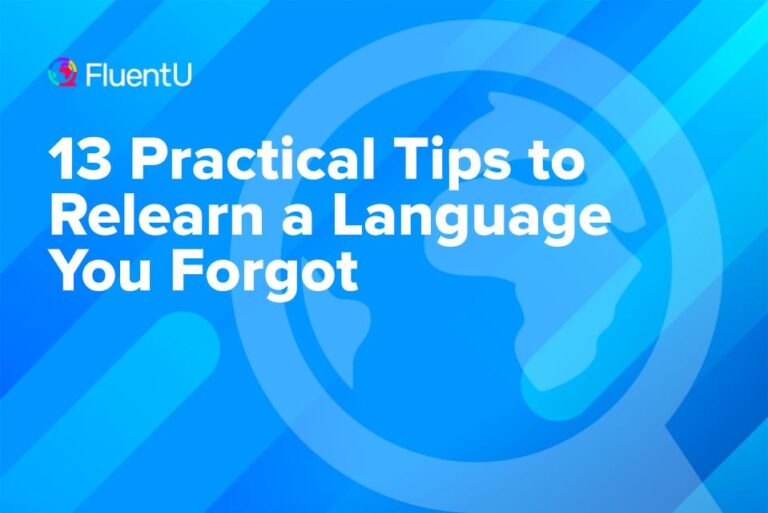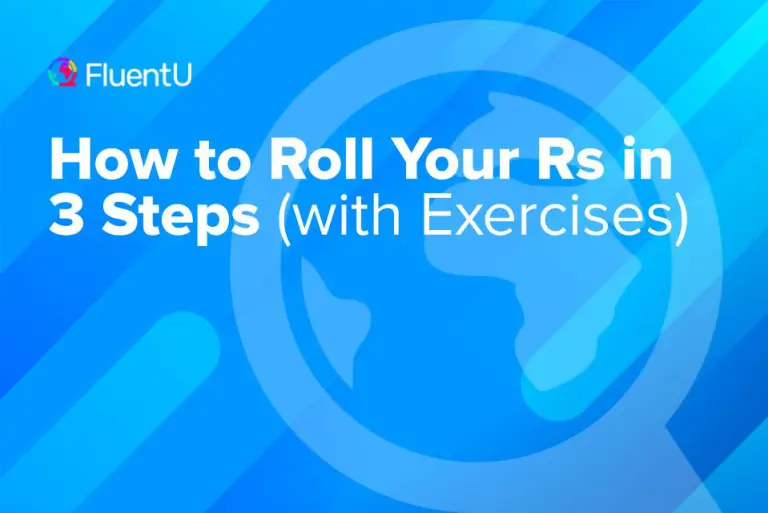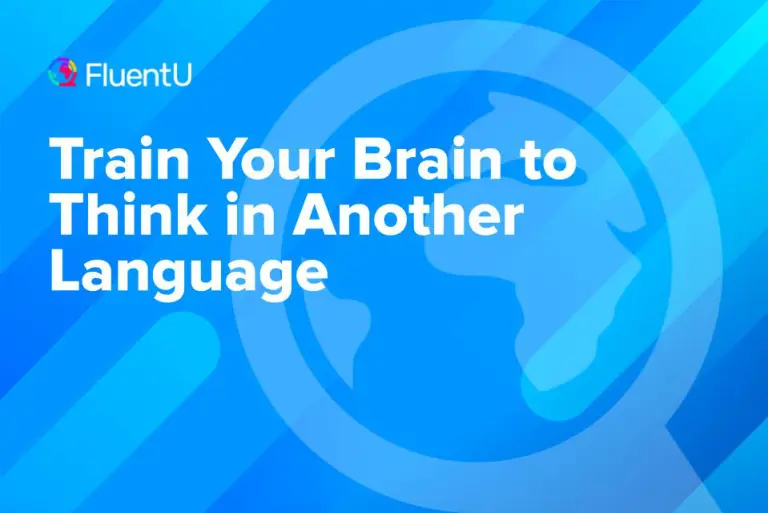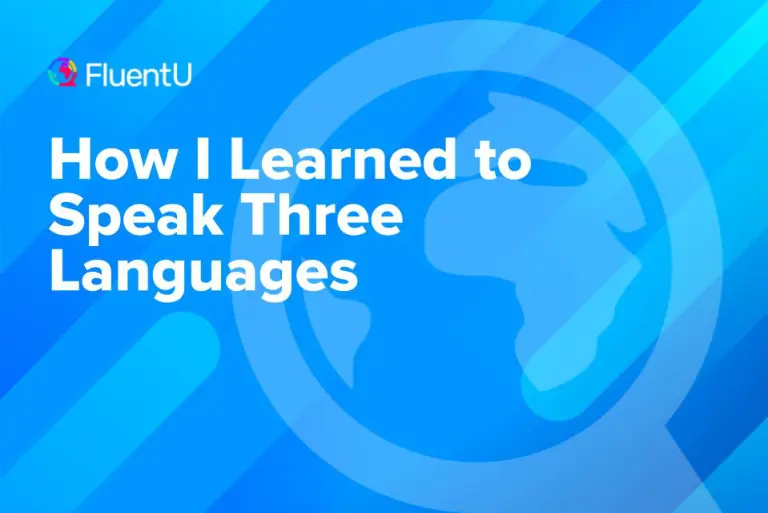5 Strategies to Learn a Language by Reading Books
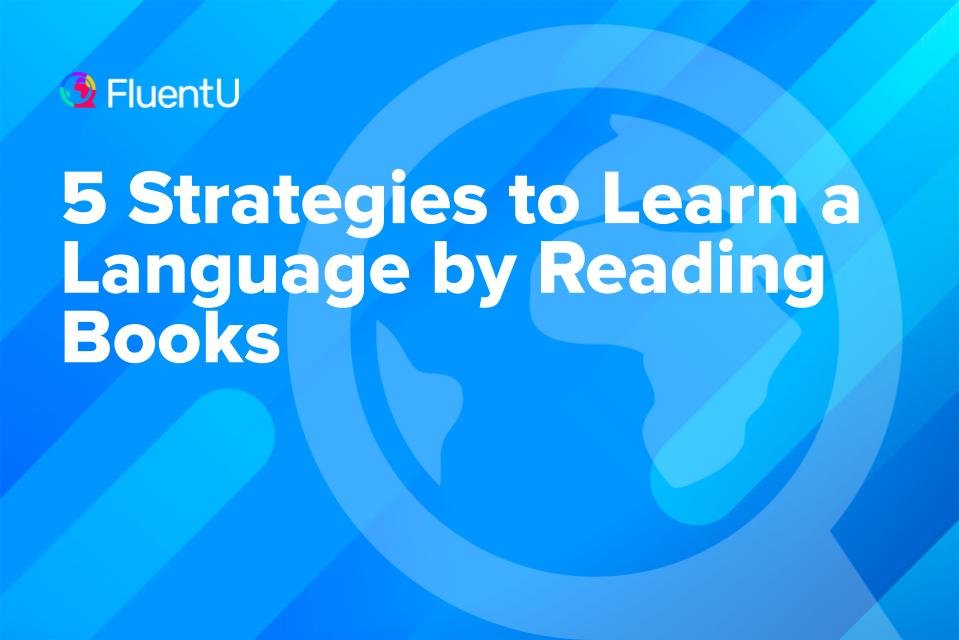
Reading isn’t usually the first thing a language learner thinks of doing to learn their desired language. In fact, we often prefer to start talking immediately. Or we watch movies in the target language. Or we just blindly follow the textbook.
You may be surprised if I told you that curling up and reading a good book may actually be one of the fastest ways to fluency.
But it can be, if done right. Use these five powerful strategies to learn a language while reading books.
Download: This blog post is available as a convenient and portable PDF that you can take anywhere. Click here to get a copy. (Download)
5 Key Strategies to Learn a Language by Reading Books
If you’re gonna be reading, then you better be doing it right. You’d save a lot of time and effort doing so. People who swear that reading never works often aren’t doing it right.
1. Start with children’s books
Start with books that have shorter content, basic vocabulary and use simple sentence structures.
A category that meets all these requirements is children’s books. The thing that turns people off with this type of literature is only that it insults their sensibilities. I’m a fully grown man and you want me to read what??
They forget that, for all intents and purposes, they’re really just like kids in the language that they’re trying to learn!
Starting off with the easiest reading material is very crucial to your progress. All the other books assume you have the basics down. Don’t think that by reading the intermediate material, you can learn the basics along the way. It doesn’t work that way. You’ll only be hurting yourself when you become overly ambitious with your learning material.
Drop your prejudice against children’s books and start reading early, not when you’re already months into your studies.
2. Try parallel texts
In addition to reading the easy books first, try reading books that are written in a bilingual format, where the translations are written immediately below the sentence you’re reading. This one-to-one sentence correspondence will save you from reaching for the nearest dictionary to locate the meaning of a word every time. As a result, you’ll have a smoother reading experience.
You’ll also be able to notice how the grammar rules of your target language compare with your own thanks to this layout. You’ll be able to take advantage of the similarities and be aware of the differences. You might, for example, notice that the language you’re studying predominantly mentions the subject ahead of the verb (for example: The dog is sleeping) — just like in English.
3. Read extensively
This is about quantity.
Don’t worry too much if you’re not fully absorbing the actual meaning of the material you’re reading. Just read on. Don’t be tempted to grab the dictionary on the first unfamiliar word you meet. Just barrel through the text and read on anyway. We know it sound counter-intuitive, but it works, I swear.
The purpose of this kind of reading is to expose you to as much material as possible. Don’t worry about comprehension. We’re practicing your contextualizing abilities here. Simply guess what you’re reading about. You don’t have to get it right all the time, just make a guess and trust that you’ll be close enough.
Now I know that there are some people who’ll have a hard time with this—the kind of person that doesn’t want to move ahead without first understanding every word, every phrase and every sentence on the page. Otherwise, they’ll get a nagging feeling that something’s wrong.
I strongly urge you to let go of the burden and just barrel through the text. Don’t worry, nobody’s watching.
4. Read intensively
This is the direct opposite of the previous method. You’ll need to designate reading time for both of these strategies because each one has its own merits.
Reading intensively is about quality.
Actively be involved in what you’re reading. Try to absorb all the lessons presented on one page before moving on to the next.
Have a dictionary close by. Write copious amounts of notes on the margins of the page. Write your mnemonics, insights and examples. Underline, highlight and encircle words. Dog ear the pages. Make flashcards of new words.
To make these activities more convenient and readily accessible, you can opt for reading material with built-in translation and dictionary tools. E-books also come with many useful features for language learners.
Your goal isn’t to finish the book or to get the story. Your goal is to learn the language along the way. Don’t busy yourself with the character or the plot. They’re but a means to an end.
5. Find books about your interests
Find foreign-language books and articles on topics that interest you. Are you into cooking? Read recipes and cookbooks in your target language. Do you love entertainment and celebrity stories? There are many publications that cater to that love.
This’ll ensure that you won’t get bored with what you’re setting your eyes on. Because truth be told, reading in a foreign language is no walk in the park at first. You’re facing a page filled with strange writing, punctuation and grammar rules. So reading a subject that naturally engages you will help ease the labor pains.
In addition, the specific vocabulary you develop by reading a specific field will be your stable jumping off point into the language as a whole. A field of interest, like cooking, will have terms and jargon that are often repeated and most commonly associated with it.
To find more material that match with your interests, you can also pair your reading of books with a language learning program such as FluentU. Here you would also be able to consume the content in a visual and fun way.
FluentU takes authentic videos—like music videos, movie trailers, news and inspiring talks—and turns them into personalized language learning lessons.
You can try FluentU for free for 2 weeks. Check out the website or download the iOS app or Android app.
P.S. Click here to take advantage of our current sale! (Expires at the end of this month.)
How Reading Books Can Help You Learn a Language
Reading eliminates limiting factors
A limiting factor is something that, regardless of the time, energy and money spent on the process, hinders your language learning. Books are plentiful and cheap (often free), so you can always have one with you, physically or digitally. You can read on the bus or while waiting in line. In short, reading is easy, so it’s eliminating a limiting factor from your language learning process.
Reading reinforces word acquisition
Reading gives the brain much to work on. It actively involves the visual cortex in the learning process and makes the lessons more memorable. So instead of just listening to the Spanish word saltar (to jump), you’ll see how the word is spelled and used in a simple sentence. You’ll also see a beautifully colored illustration of a little boy jumping. That’s definitely more memorable than simply listening to a word being spoken, or seeing it written on a whiteboard along with a hundred other words.
Reading promotes word choice precision
As mentioned before, the written word is more nuanced than the spoken word. Writers consider their words more carefully than a native speaker chitchatting with friends.
When native speakers talk in person, they have the advantage of a shared context. And often, they only have one listener to attend to. A writer, in addition to the multiplicity of potential readers, needs to consider the different instances that a book will be read. They need to be thoughtful of the different backgrounds of their audience. So they need to be very accurate and precise with their writing. They cannot be as vague as the speakers, because they can easily be misunderstood and they won’t be there to defend themselves.
Remember, these five strategies are here to make you not only read effectively, but also help you in the larger role of acquiring the language. I hope you stop thinking that reading is only for people who are interested in higher linguistic forms or complicated grammar rules.
It’s for everyone who hopes to understand a second language. Reading can make the difference between you speaking the language that you love, and you still knowing only English.
If you want to get the very basics of a tongue, you better sit tight and read!
Download: This blog post is available as a convenient and portable PDF that you can take anywhere. Click here to get a copy. (Download)
And One More Thing...
If you dig the idea of learning on your own time from the comfort of your smart device with real-life authentic language content, you'll love using FluentU.
With FluentU, you'll learn real languages—as they're spoken by native speakers. FluentU has a wide variety of videos as you can see here:
FluentU has interactive captions that let you tap on any word to see an image, definition, audio and useful examples. Now native language content is within reach with interactive transcripts.
Didn't catch something? Go back and listen again. Missed a word? Hover your mouse over the subtitles to instantly view definitions.
You can learn all the vocabulary in any video with FluentU's "learn mode." Swipe left or right to see more examples for the word you’re learning.
And FluentU always keeps track of vocabulary that you’re learning. It gives you extra practice with difficult words—and reminds you when it’s time to review what you’ve learned. You get a truly personalized experience.
Start using the FluentU website on your computer or tablet or, better yet, download the FluentU app from the iTunes or Google Play store. Click here to take advantage of our current sale! (Expires at the end of this month.)

